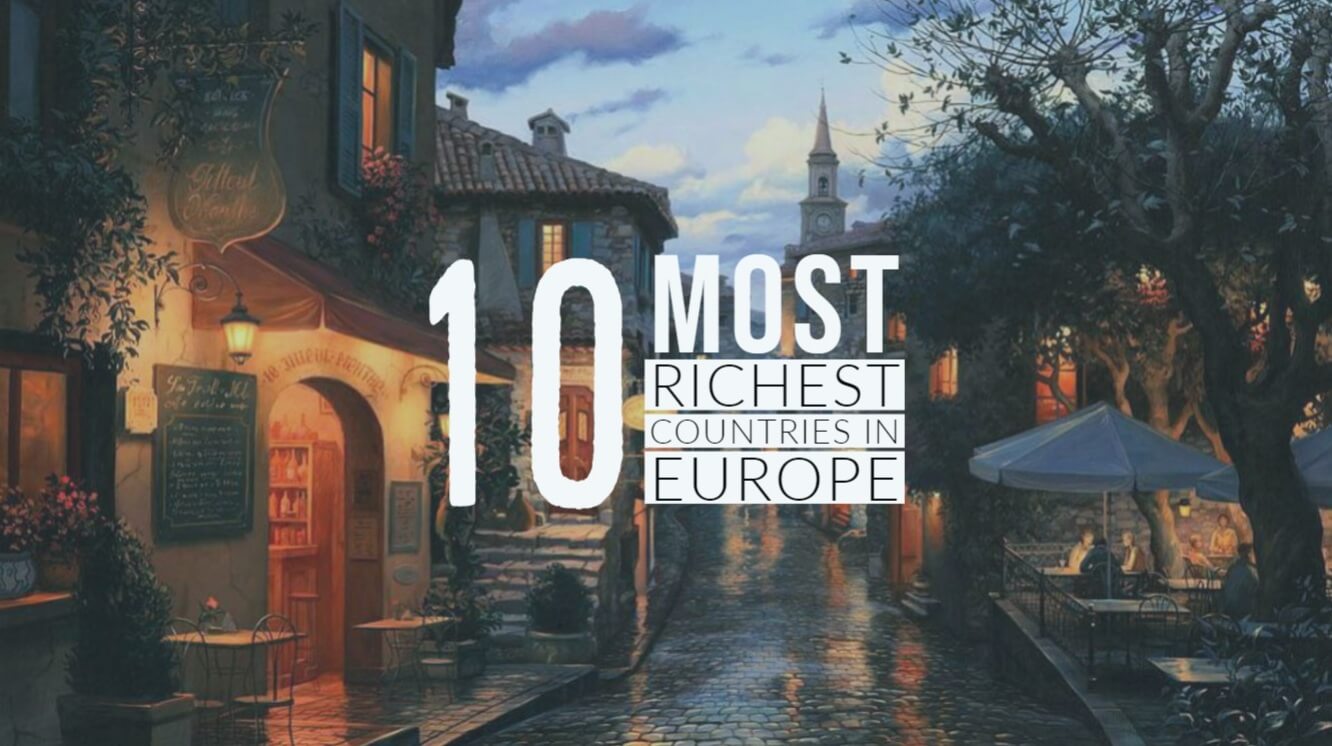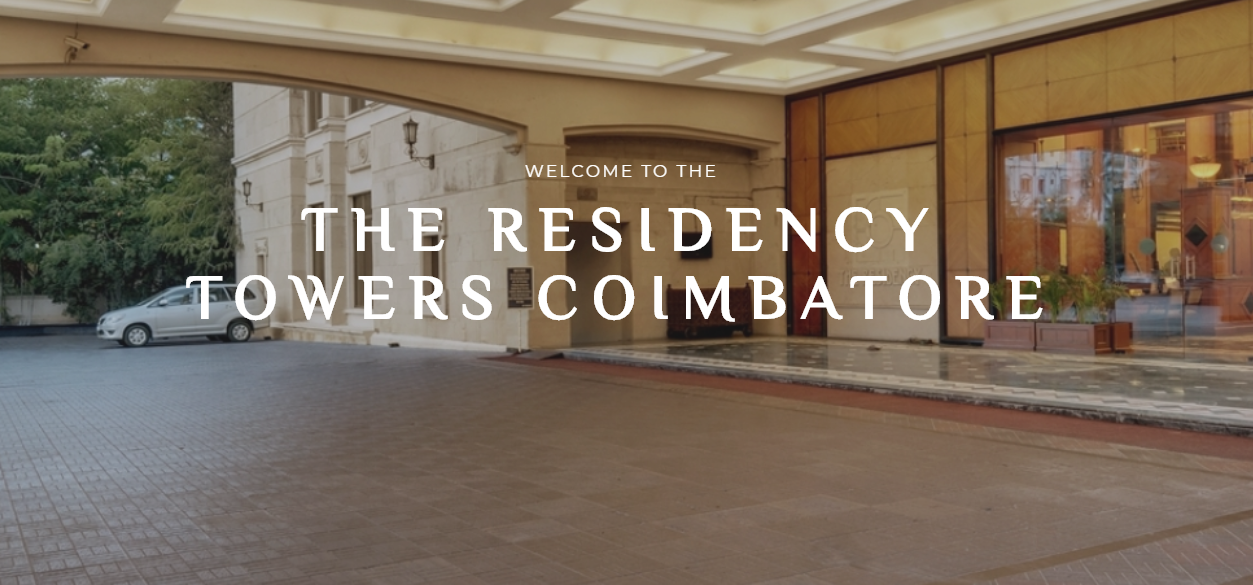Europe has its fair share of wealth, with many European countries ranked as some of the richest in the world. With advancements in innovations and social welfare programs, over the years the inhabitants of Europe have generally enjoyed a high standard of living.
10. Austria

A strong service sector, world-class banking, and legal industries put this nation in firm standing. Some of the world’s top corporations are based in Austria.
GDP per capita stands at around $47,000 making it the tenth-largest in the European zone. With areas of outstanding natural beauty, excellent ski resorts, and one of the most appealing capitals (Vienna) in Europe. It also has a healthy tourist industry.
Famous Austrians include Arnold Schwarzenegger, Adolf Hitler, and filmmaker Billy Wilder.
The name Austria derives from the Germanic word “Austro” meaning “east”, and the Austrian flag is one of the oldest national flags in the world.
It was here that the sewing machine, a truly international machine, was invented by Josef Madersperger.
9. San Marino
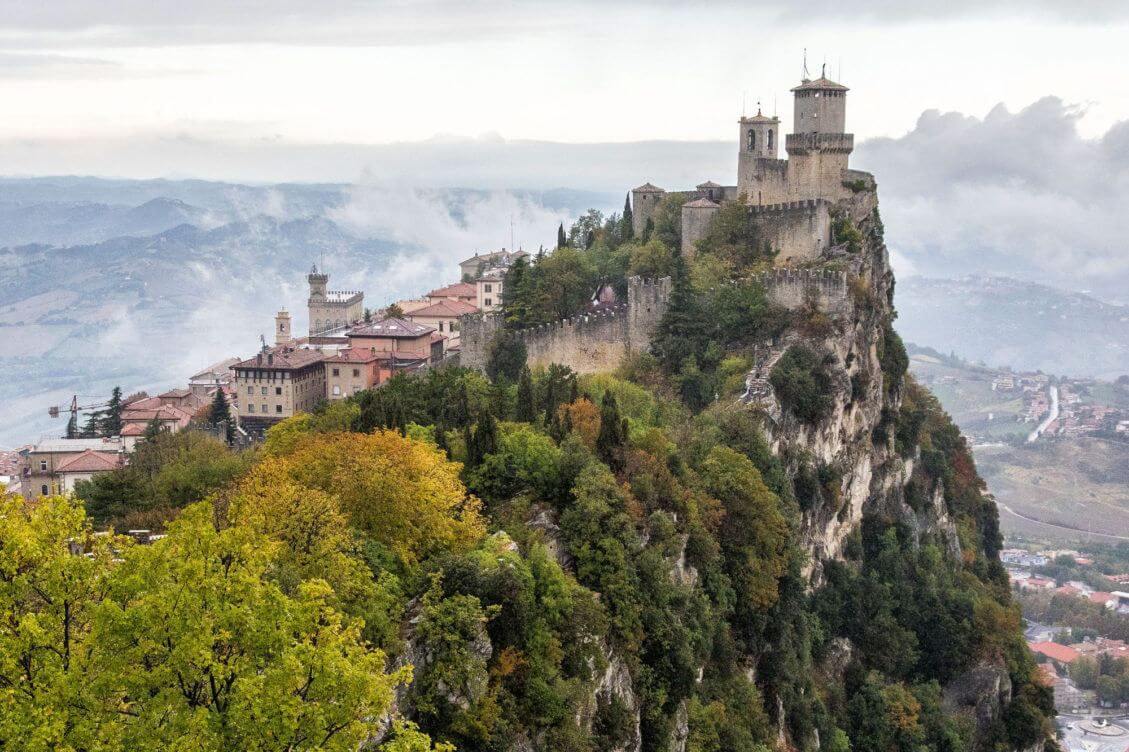
It’s good in exports of electronics, wines and spirits, ceramics and furniture. This country has zero national debt, a state budget surplus, and a GDP of $47,000 per capita.
This nation is Europe’s third smallest after Vatican and Monaco and claims to be the world’s oldest republic.
Nestled within Italy there are no border controls so visitors are free to wander in and out but should they wish to have a stamp in their passports this can be arranged for an administration fee of $5.
The population here is so tiny that if everyone from San Marino went to watch a football match in the UK’s Wembley stadium there would be 56,300 empty seats.
8. Dutch
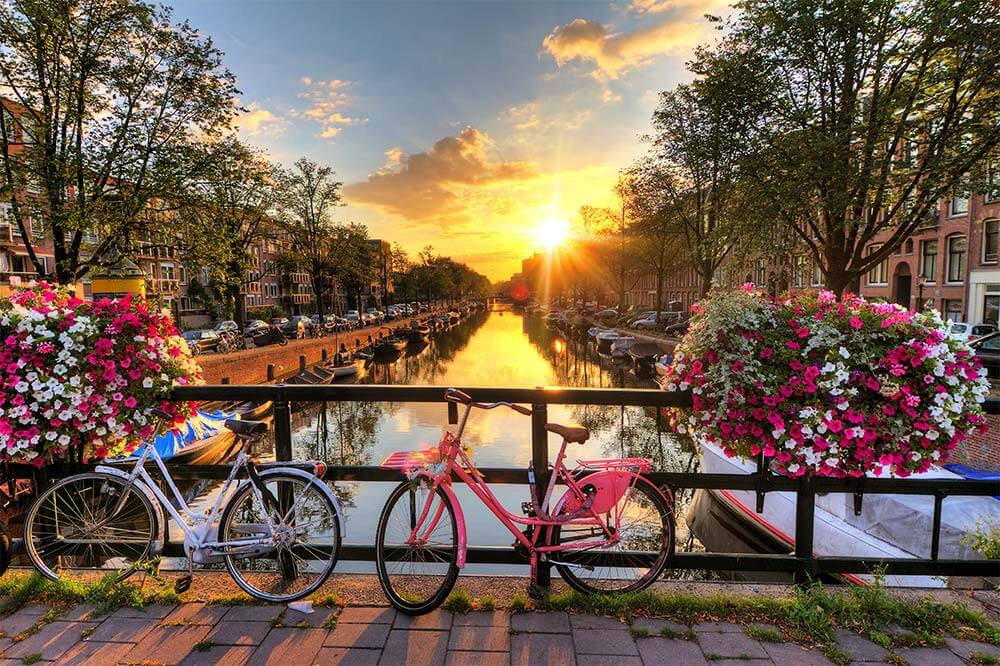
The Dutch enjoy an estimated $48,000 GNP per capita. The Netherlands is home to one of the busiest ports in the world – Rotterdam. They see much of Germany’s aforementioned exports flow through that port and enjoy the resulting revenue. The Netherlands is also a large exporter of flowers and agricultural products.
The Dutch people are interestingly the tallest in the world with an average height of 184 centimeters for men and 170 centimeters for women.
And this nation is also the most densely populated with 487 inhabitants per square kilometer making for a large imposing workforce.
7. Sweden

Sweden’s economy delivers exports of timber, iron ore, and precision equipment.
The GDP per capita here is $53,000 and the country enjoys progressive welfare benefits owing to the high level of taxation on personal income.
Due to the country’s neutral status during World War 2 it wasn’t subject to the same level of economic devastation that its European neighbors suffered.
In 2006 Swedes had the longest life expectancy in Europe at 80.5 years and they also enjoy the lowest income inequality rate in the world.
Sweden also has the smallest gender employment-rate gap with only 4% more male employment than females. Most Swedish women do not have their first child until they reach 30 years of age, which helps explain the equal employment levels and the high levels of national and personal wealth.
6. Denmark

With a GDP per capita for 2017 of $56,000, the Danes have a mixed economy based on services and manufacturing. Although human resources make up the bulk of the Danish economy they do exploit some natural resources including oil and gas wells in the North Sea. With one of the highest standards of living in the world, Denmark is a real example of how to run a nation.
Their main exports are made up of fuels, chemicals, machinery, and instruments. Other countries owe more to Denmark than she owes to them and Denmark is the fourth country on the OECD list of those giving foreign aid. But life isn’t exactly a beach in Denmark where it is known to either rain or snow every second day.
5. Iceland

The country was settled sometime in the 800s by Vikings and twelve hundred years later overcame 2007 to 2010 financial crises rising to become a strong European nation with healthy fishing industry and bountiful energy resources.
The GDP per capita is estimated to be $70,000.
The country is famously known as a home for elves and packed with mythical stories about these creatures.
Construction projects are postponed if it is believed that the little people’s homes will be disrupted, and you have to love the Icelanders for that if not for their economic success and compact football team.
4. Ireland

Ireland, the Celtic Tiger, has flourished in the fields of alcoholic drinks and financial services, software and medical technologies.
GDP per capita is currently measured at $71,000 bringing this nation to number 4 on our list.
The economy of Ireland is heavily invested in the knowledge economy focusing on high-tech services, life sciences, and financial services.
The Irish consume an average of 131 liters of beer per person per year and that’s the 2nd highest per-capita beer consumption in Europe after the Czech Republic. But they export much more than that with famous breweries such as Guinness, Harp, and Kilkenny internationally recognized outside of the Shamrock Isle.
3. Norway

Norway is the third richest European nation with bountiful natural gas and hydroelectric power. With a GDP of $74,941 per capita, and a population of 5.2 million. This is also a geographically beautiful place to live and a comfortable place to bring up a family.
The Norwegians invented the paper clip and were the first people to introduce salmon sashimi to the Japanese. They have a rich source of oil and gas in the North Sea to keep their economy ticking along soundly.
In 1251, Henry III of England was presented with a polar bear by the King of Norway. Henry kept the polar bear in the Tower of London on a long chain and allowed the beast to swim in the River Thames, which no doubt put the fear of God into thirteenth century Londoners who happened to be merrily passing along the London river banks.
2. Switzerland
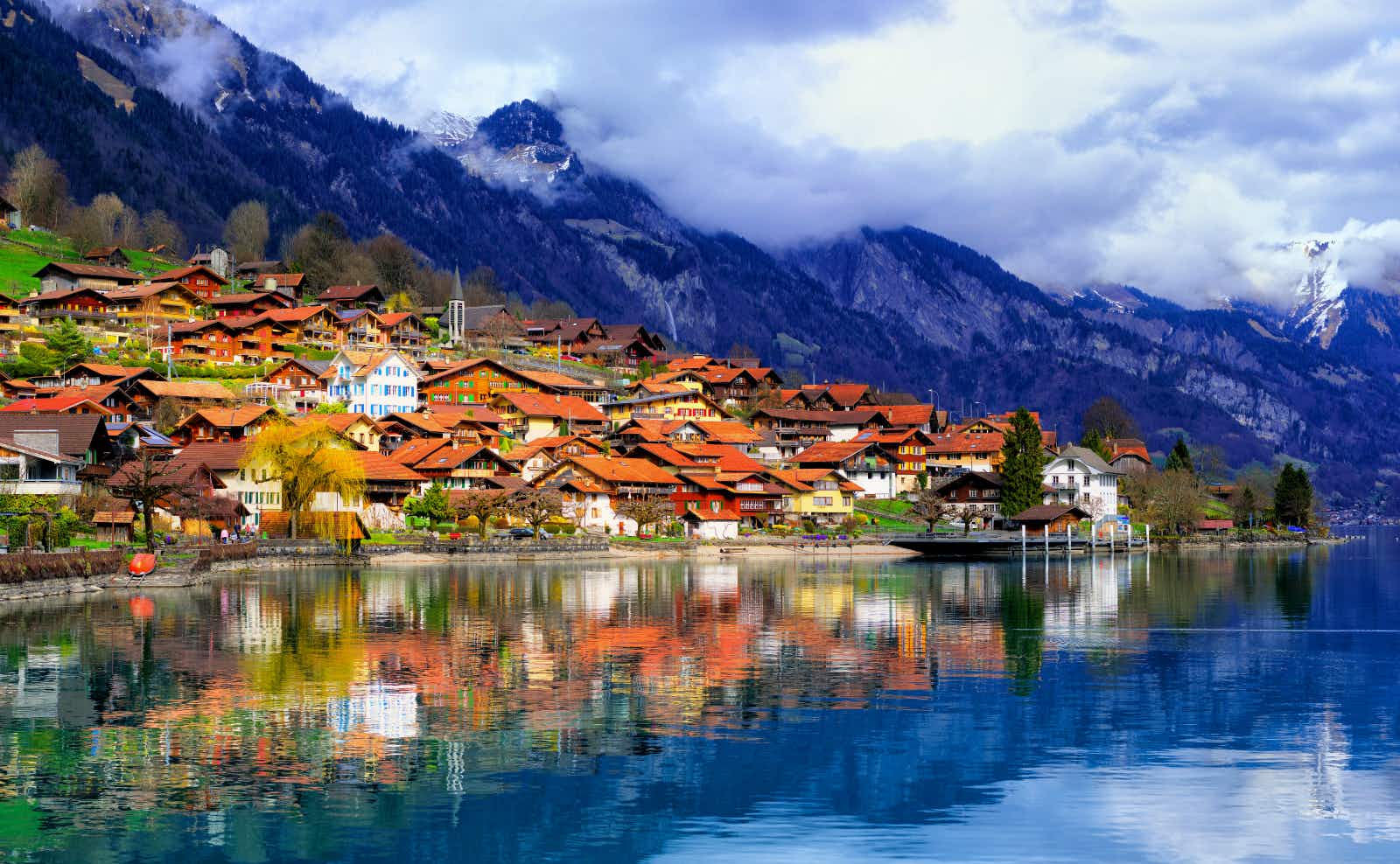
Switzerland is known globally for its high-end precision watches and lock-knives and sits neatly poised here in our list at number 2 with a GNP of 80,591.
This nation is also home to Nestlé, one of the biggest food producers in the world. With a robust pharmaceutical and chemical industry, Switzerland trades heavily with the US and other European nations.
The Swiss are also big on cheese, being home to over 450 different types and being a past winner at the World Championship Cheese Contest.
Swiss people usually marry a bit later in life than their other European cousins with an average age of 31 for men and 29 and a half for women.
1. Luxemburg
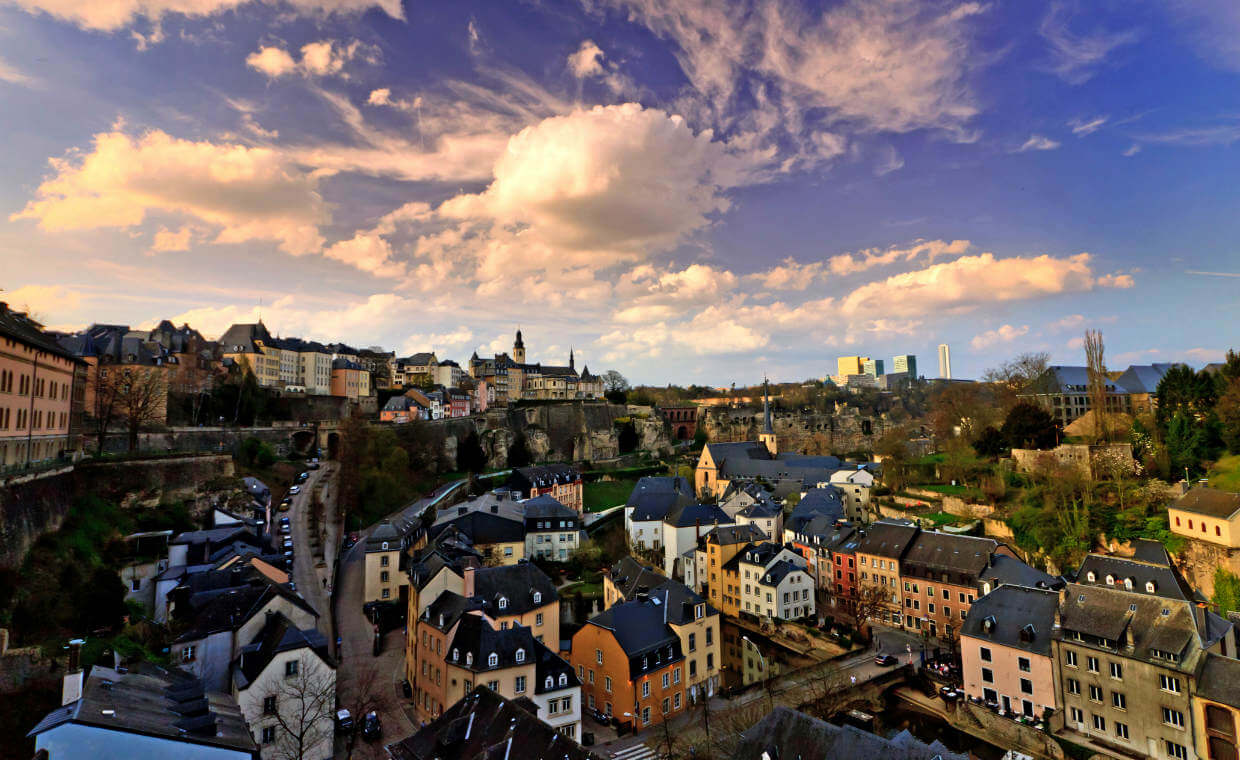
Luxemburg has the highest GDP of all European countries clocking in at a massive $105,803 and with a quality of life to match. It’s also the second richest country in the world.
The iron and steel industries here provide the solid backbone of the country’s economy for many years. This founding member of the European Union enjoys high levels of prosperity with strong growth and unemployment levels well below the European average. With low energy costs and a stable government, the country is gaining interest for a new hub for the new information economy of the 21st century.
Just under half of Luxemburg’s residents are foreign, and over 170 different nationalities live in Luxemburg with the Portuguese making up the largest body of expats at 16.4 percent of the total population.
In Luxemburg euthanasia and assisted suicide is legal in this progressive rich European nation making it the perfect country to both live and die in.
